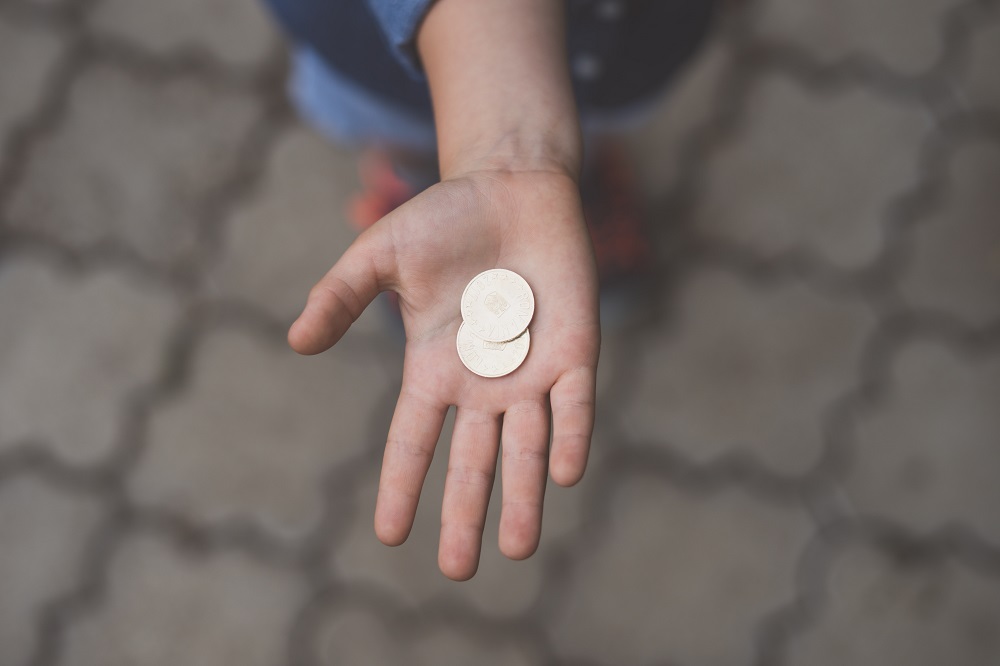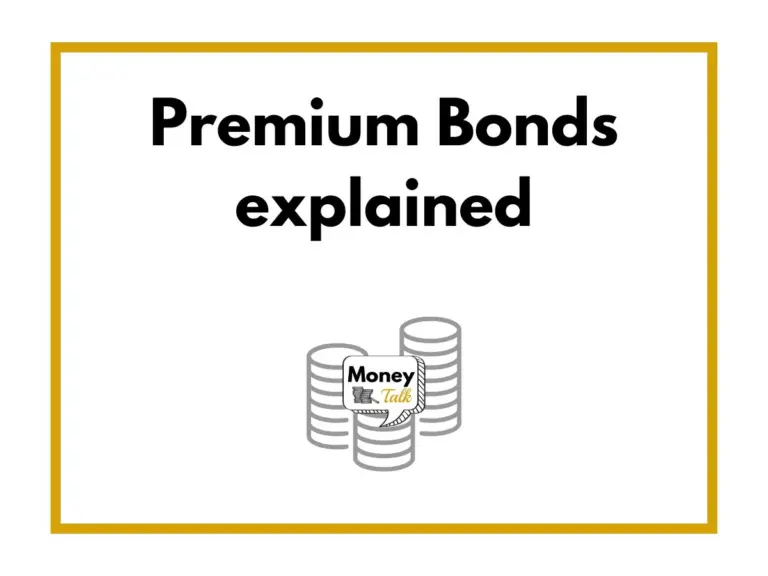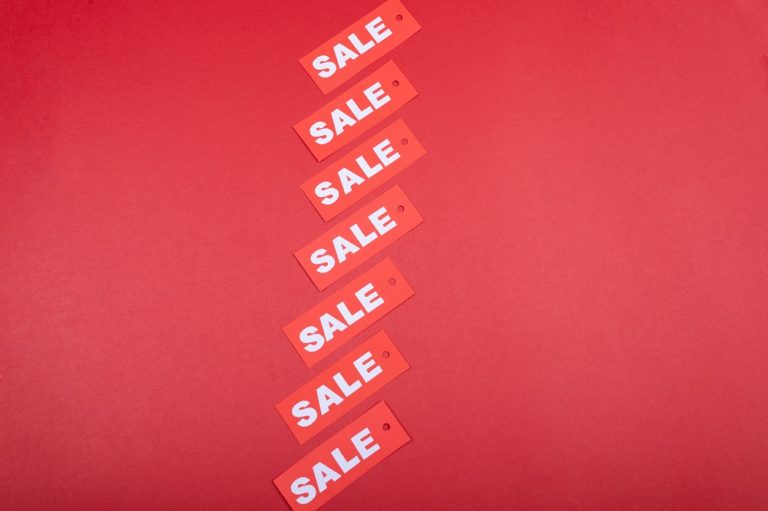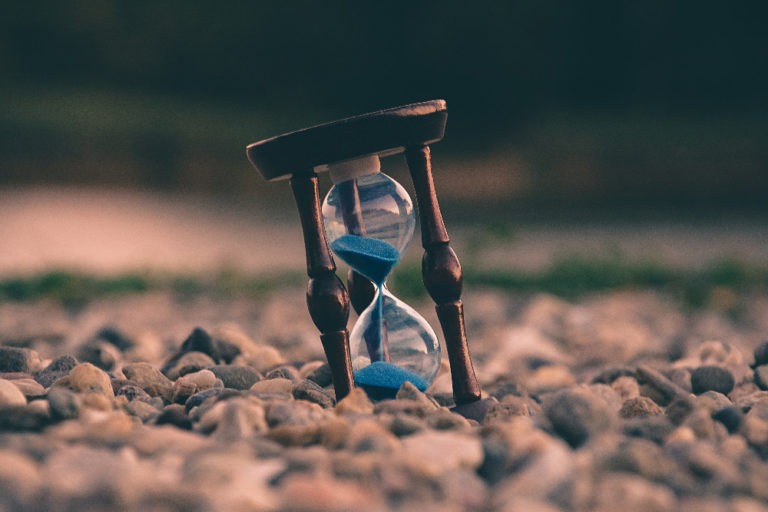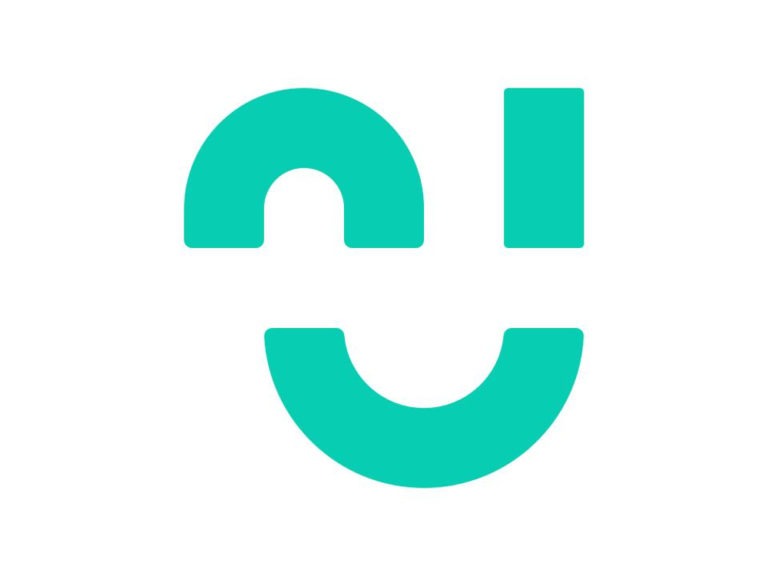How to do a no spend challenge
Money Talk is intended to inform and educate; it's not financial advice. Affiliate links, including from Amazon, are used to help fund the site. If you make a purchase via a link marked with an *, Money Talk might receive a commission at no cost to you. Find out more here.
November is always the month when things start to get really expensive, with Black Friday sales rolling into the Christmas season.
It’s not just the gifts – it’s the pre-Christmas drinks and meals out.
Suddenly, there’s a pressing need to meet up with absolutely everyone just before the year ends in both your personal and professional life.
It’s also the time of the year when people start thinking about building up their savings through savings challenges.
With that in mind, I wanted to look at how you can curb your spending through a no spend challenge.
What is a no spend challenge?
Obviously a no spend challenge involves not spending any money.
But exactly how you do this varies, and so does the nature of the challenge.
In its most frugal form, a no spend challenge means absolutely zero spending, and that includes on food.
It’s almost impossible to get away with spending nothing on bills and rent/mortgage, but some serious money savers attempt that too, by house sitting for example.
Most people do a more relaxed version where the challenge only applies to frivolous spending, like your daily morning coffee.
Exactly how you structure your no spend challenge will depend on how long you want to do it for, and what objectives you’re trying to achieve.
You can for example do no spend days, where it’s easy to spend nothing, including on food.
This can be a nice circuit breaker if you’re finding yourself constantly being drawn in by impulse buys.
It’s also easy to do these, say, once or a couple of times a week to slowly shift the way you think about money.
One of the most popular versions of the no spend challenge is a month-long one, and the length means it’s great for saving money.
Admittedly, sometimes you do just push back a purchase until the challenge finishes but that pause might just be enough to get you thinking about whether you really need to buy something.
For a serious challenge, you can also do a no spend year.
This one is really about cutting out the frivolous spending, and budgeting for the things you actually need.
This is especially useful if you’re paying off a large debt or saving for something big like a house deposit.
My experience of the no spend challenge
I started a month-long no spend challenge in October 2020, in part because of the uncertainty of the pandemic.
Because I had a lot of store cupboard ingredients from day-to-day cooking, I decided to use the opportunity to cut my food budget to zero – I could only use what was on my shelves or in my freezer for a month.
It was much easier than I thought food-wise, although by the end of the month I was really missing fresh fruits.
In the longer term, it got me into the habit of meal planning, which meant less spending but also less waste.
I took a break from the challenge around Christmas and resumed in the new year, when the UK was on its third lockdown.
I didn’t restrict myself on the food this time, but everything else was on pause, and I managed a three-month stretch in total.
Again, it was made much easier by the lockdown; I didn’t need to buy any new makeup or clothes for work, and there was no socialising to speak of.
I stopped after that, and now bad habits are creeping back in.
And that’s the thing – a no spend challenge isn’t going to miraculously change the way you think about money or how you spend it forever, but it can be a reset button to help you save more money in the short and long run.
The secret of a no spend challenge
For me, successfully completing a no spend challenge isn’t really about not spending, it’s actually about planning.
For longer challenges, it’s even more important to plan so your necessities are always covered and you never have the excuse of forgetting and having to make a last minute purchase.
Meal planning was especially useful for me. It stopped me from buying everything I liked the look of at the supermarket without thinking about whether they’ll go together as part of a meal.
This in turn helped me to waste less food and cut down on the clutter in my home. And as an added bonus, it also stopped me from eating the same meals on repeat.
You can create a digital meal plan for free but I actually bought a magnetic whiteboard from Amazon*.
It made it much easier for me to see at a glance what I’m planning to have for lunch and dinner each day throughout the week, and the ingredients I needed to buy.
Before I go to the supermarket, I take a photo of this so I know exactly what I need to pick up.
Other ways to stop spending
A no spend challenge is different for everyone so I asked a few people who have done their own versions for their tips on making it work.
Ruth, who did a no spend year to pay off some debts, said: “Clearly define your goal for the no spend challenge. Saving money is great, but having a date, an amount and a clear purpose will help you to stay on track.”
Accountability can also be important for helping you to stay on track.
Claire, who has completed lots of different savings challenges, said: “Always make sure you inform your friends and family of your no spend challenge in advance.
“People will respect your decision more and be less inclined to try and guilt-trip you into going out for drinks/food and celebrations if they know you’re serious.”
It can also help if you make spending money just a little bit harder, says Naomi, one half of money blog Skint Dad.
She said: “It’s so easy to pay for something without even needing to reach for your bank card, but you can remove any temptation of spending by deleting any cards you’ve set up with Apple or Google Pay.”
Read this: Savings challenges you need to try
This post was originally published in November 2021. It was updated in November 2024.
Pin this for later


